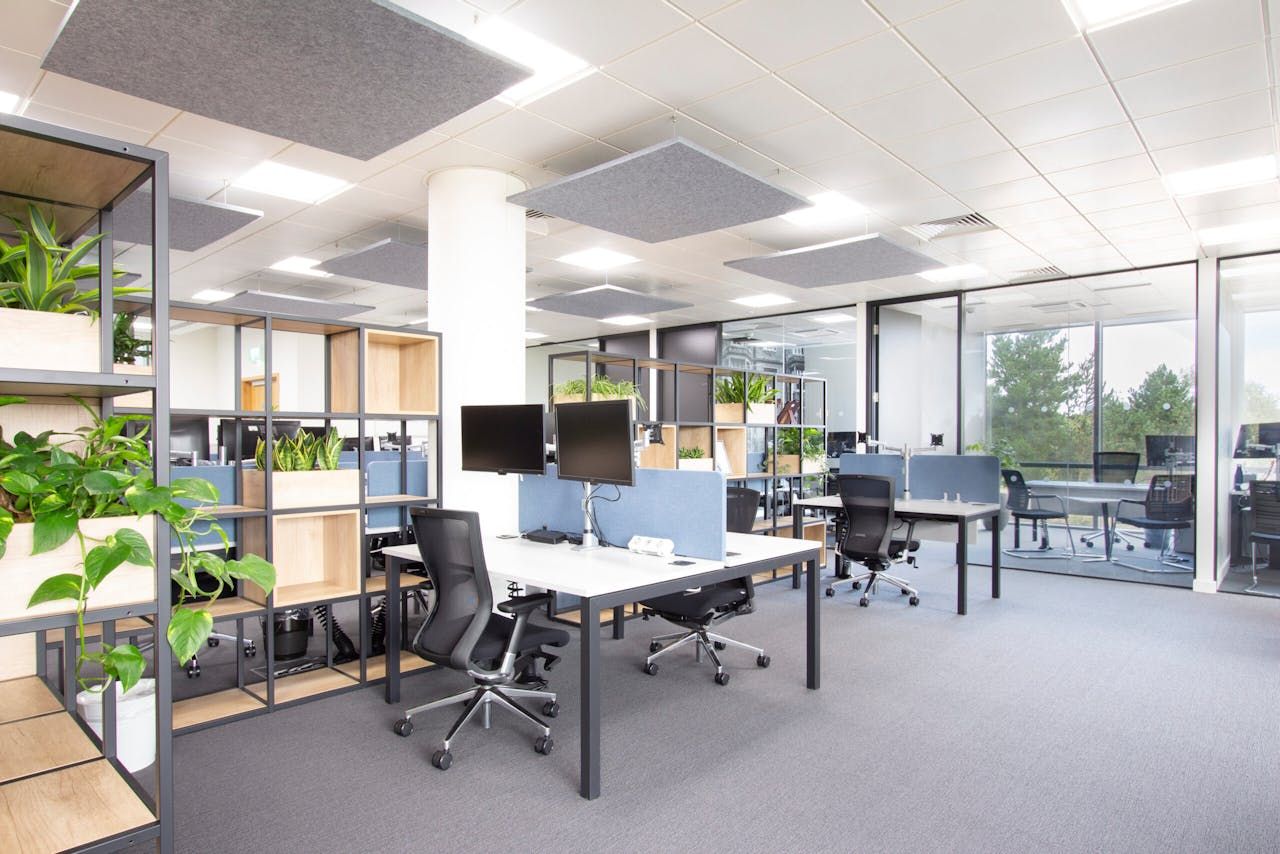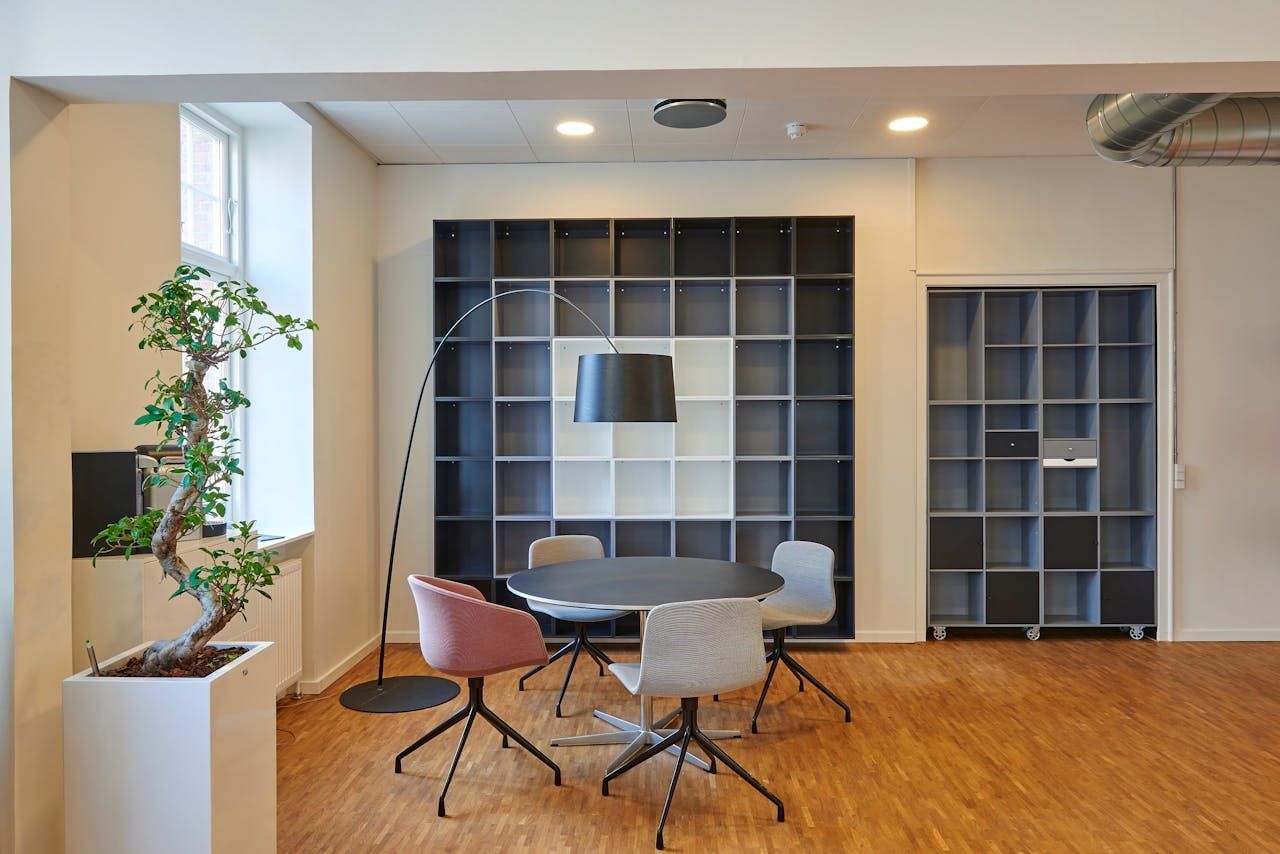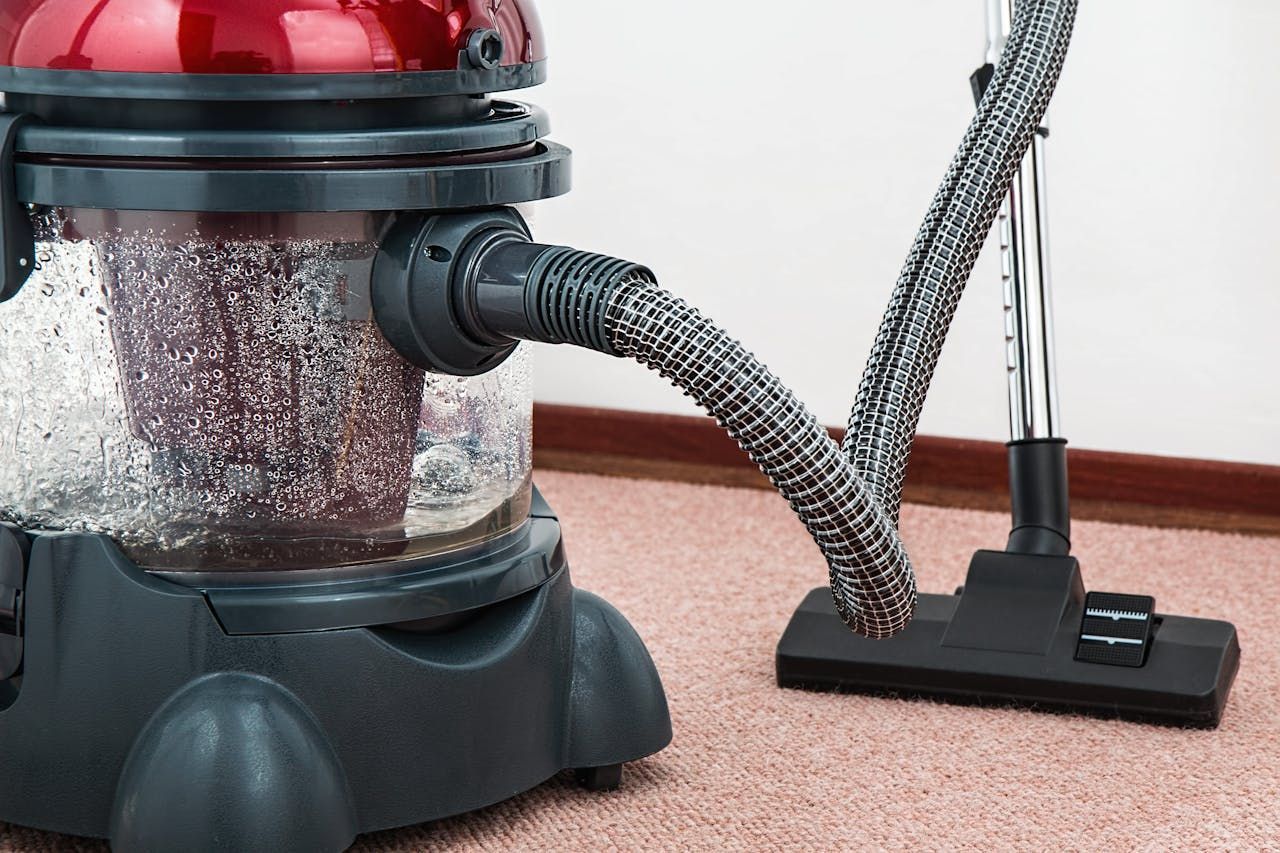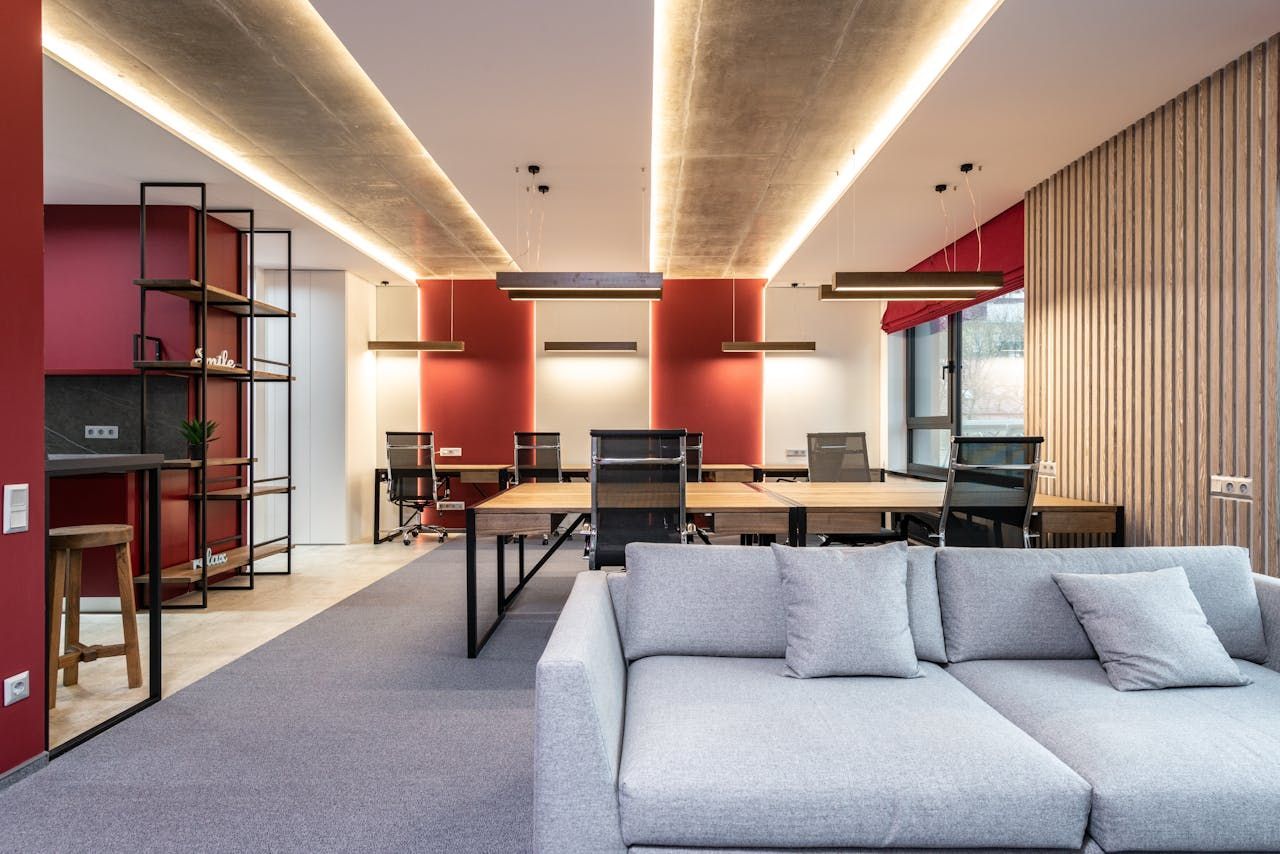Blog
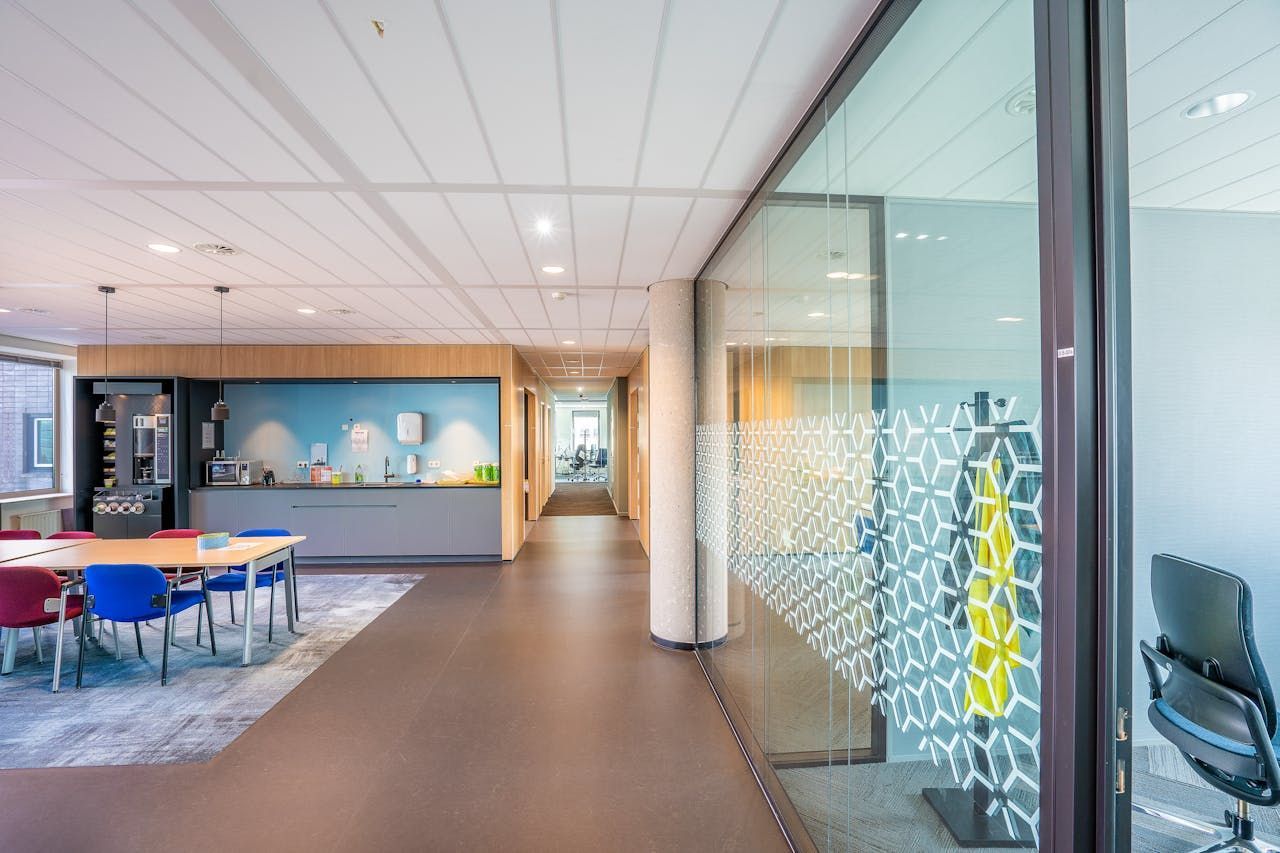
How Smart Buildings Are Transforming Facilities Management In today’s world, inanimate objects are ‘coming to life’ thanks to technology. Buildings can anticipate actions and automate responses, and everyday tools and devices can make your daily work life easier and more streamlined. We’re talking about smart buildings. Smart buildings use a network of sensors and devices that collect data in real time. This data provides valuable insights that enable facilities managers to make more informed decisions about building operations and maintenance, simplifying their everyday tasks and helping them work more efficiently. There’s no doubt that smart buildings are reshaping facilities management, but exactly how might this affect your workplace? Here’s how… Using Data to Drive Decision-Making Facilities management used to rely on working things out as you went along and ‘best guesses’. But now, smart buildings can collect crucial data for you and use it to shortcut the processes that otherwise would take hours to achieve and months to streamline. The networks that smart buildings use can collect and analyse vast amounts of data from sensors, equipment and occupant interactions. The data you get back from your building can be tailored to what will be of most use. Some innovations include: Occupancy Sensors: Detects the presence of people in different areas, helping to optimise lighting, HVAC, and cleaning schedules based on actual usage patterns. Energy Meters: Track energy consumption for different systems (e.g., lighting, HVAC, equipment), enabling the identification of inefficiencies and opportunities for cost savings Equipment Sensors: Monitor the performance and health of critical building systems, allowing for predictive maintenance and avoiding costly breakdowns. How Data Helps… Improved Efficiency: Data-driven insights allow for better resource allocation and reduced waste. Cost Savings: Identifying energy inefficiencies and preventing equipment failures leads to good cost savings over time. Proactive Maintenance: Predictive maintenance helps avoid unexpected downtime and disruptions to building operations. Enhanced Occupant Experience: Data can be used to create a more comfortable and tailored environment for occupants. Improving Energy Efficiency and Sustainability Smart buildings use technology to minimise energy consumption and reduce their environmental footprint, which can translate into significant benefits for your business. Smart Lighting: Systems that automatically adjust light levels based on occupancy and daylight availability, reducing energy waste. Smart HVAC: Thermostats and sensors that learn occupant preferences and adapt temperature settings accordingly, minimising energy usage while maintaining comfort. Building Management Systems (BMS): Centralised control systems that monitor and manage various building functions, optimising energy use and identifying areas for improvement. How Energy Efficiency Helps… Significant Energy Savings: Reduced energy consumption = lower utility bills and operational costs. Environmental Responsibility: Reduced carbon emissions contribute to a healthier planet and demonstrate corporate social responsibility (CSR). Improved Building Value: Energy-efficient buildings are more attractive to tenants and buyers, increasing property value. Enhanced Occupant Experience Like all ‘smart’ things, part of the innovation is to make things easier and more intuitive for a user. Smartphones took a mobile phone and made it a mini-computer designed to allow people to do many things on the go. Smart buildings follow the same concept for a team under your facility’s roof - they make their experience more convenient, comfortable and safe. Personalised Controls: Mobile apps or smart interfaces that allow occupants to adjust lighting, temperature, and other settings to their preferences at the touch of a button. Space Management Systems: Apps or platforms make booking meeting rooms, desks, or other shared spaces easy, streamlining resource allocation. Indoor Air Quality Monitoring: Sensors that track air pollutants and adjust ventilation to ensure a healthy environment reduces illness and the effects of allergies, such as hay fever and dander allergies. Smart Security Systems: Access control, CCTV, fire alarms, lift control and other security features integrated with smart building systems for enhanced safety.


